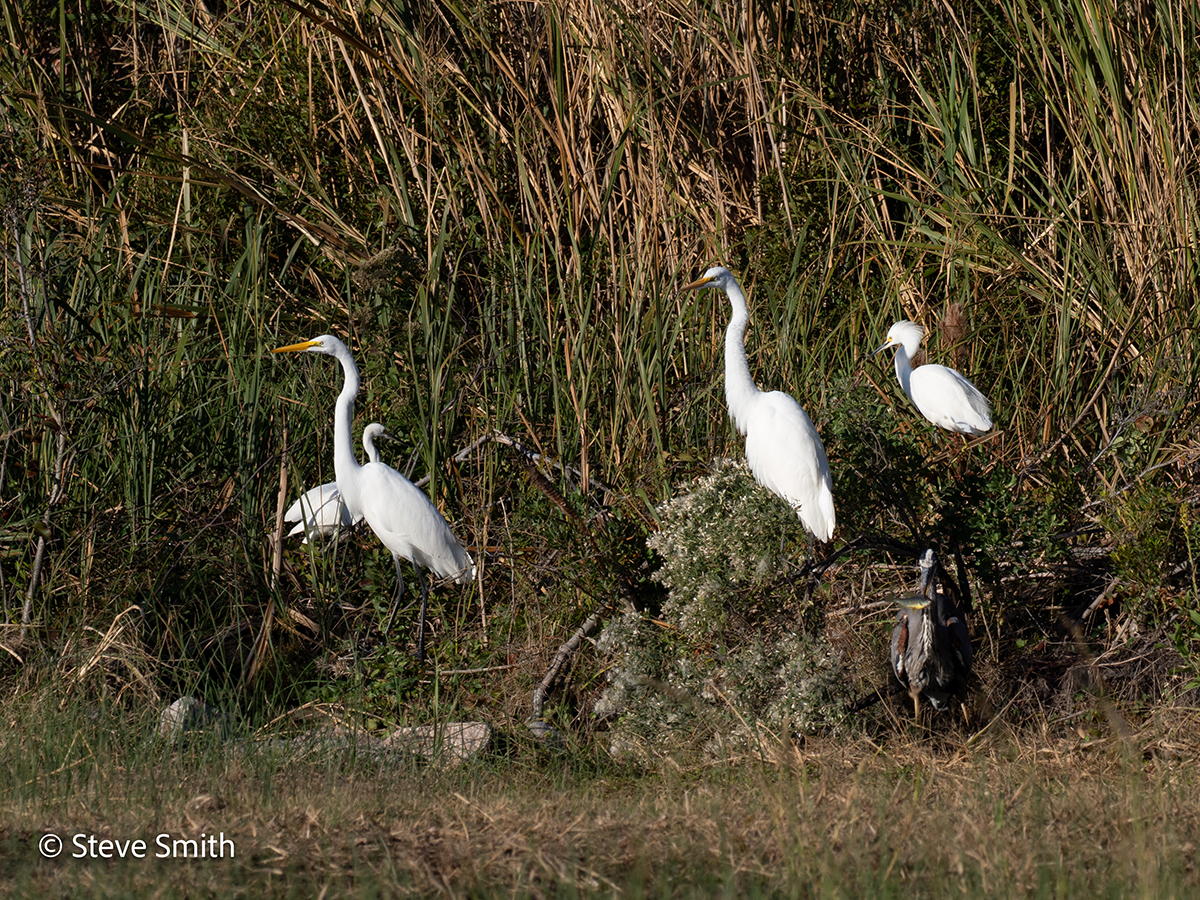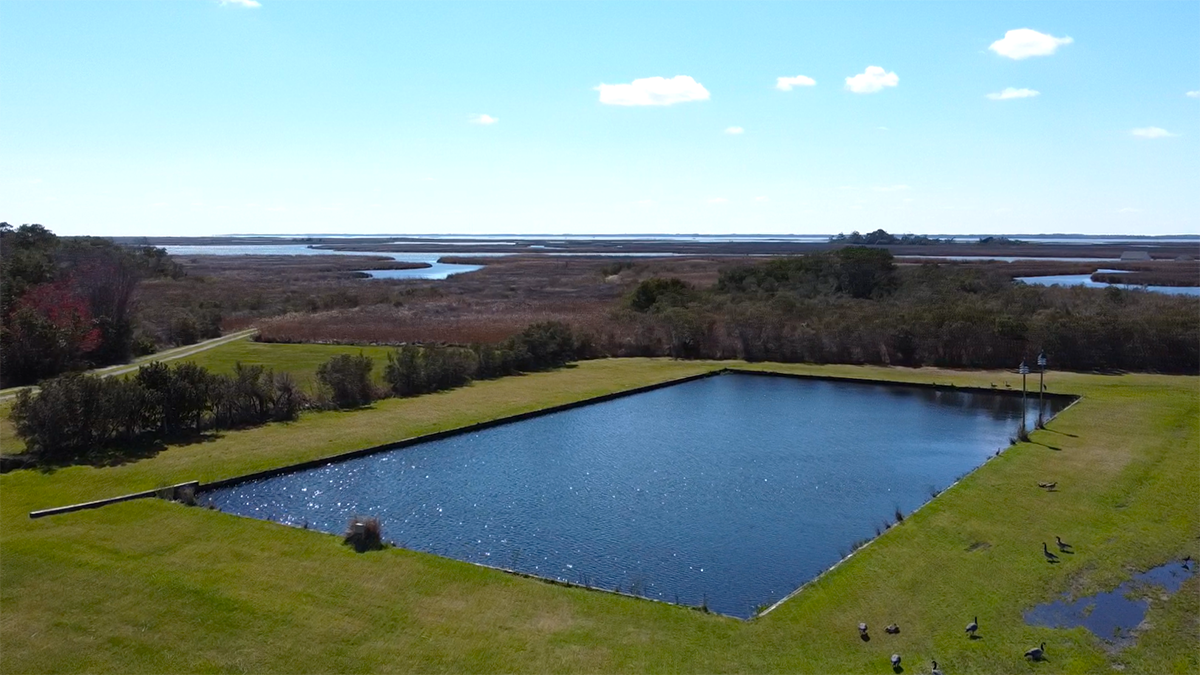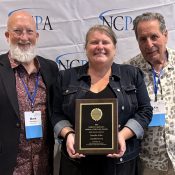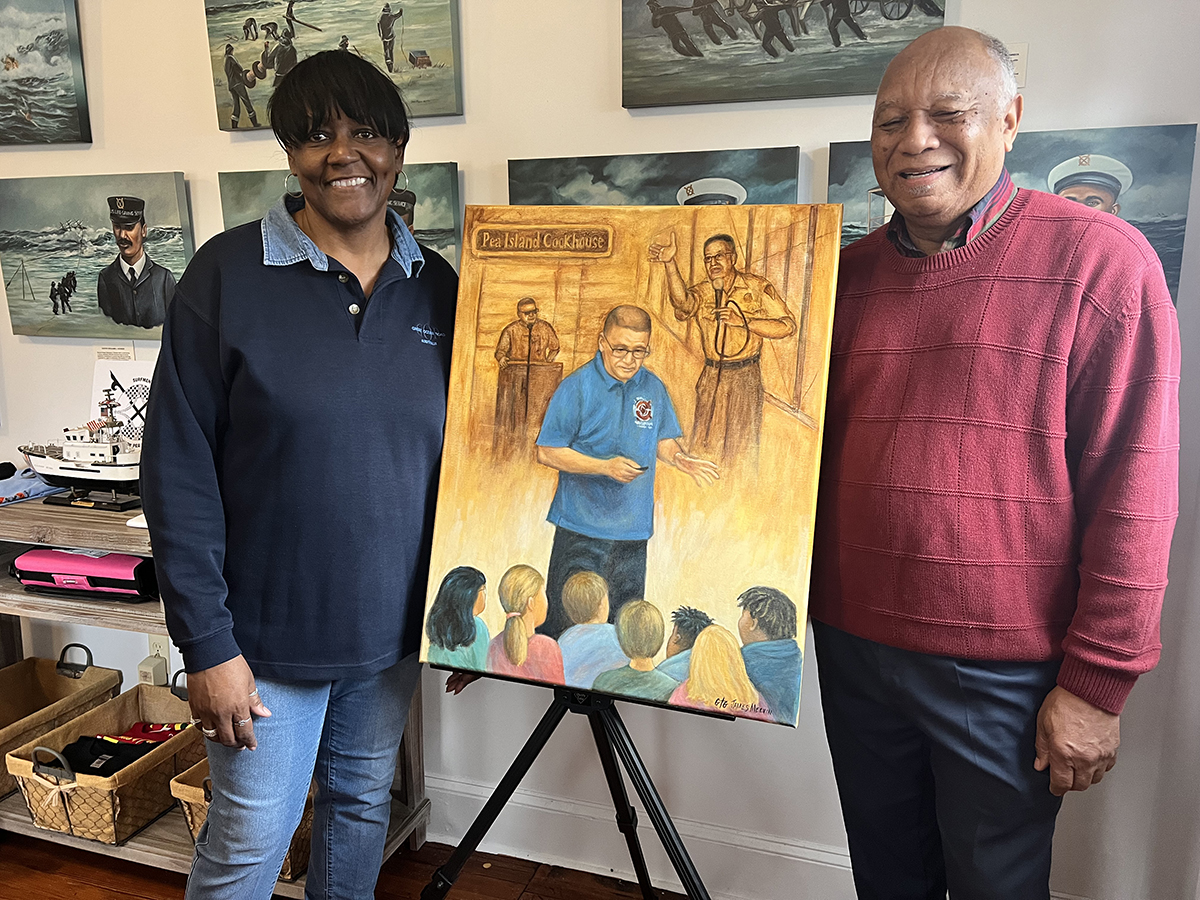
COROLLA — There’s a pond at the Donal C. O’Brien, Jr. Sanctuary and Audubon Center, the Pine Island Club, just to the west of the clubhouse, with a troubled past.
Sometime in the 1940s, when the Pine Island Club was a hunting club, the membership dug out an existing pond, put in what was perhaps a 3 inches in diameter pipe to carry water from a canal off Currituck Sound and then bulkheaded the shore.
Supporter Spotlight
“They bulkheaded it so that they could have ducks in there all the time, so they could breed them,” said Audubon Center Senior Coordinator of Habitats and Facilities Sara Marschhauser.
The pond though, after more than 75 years, was no longer an inviting habitat for ducks, geese, or any of the species of birds, turtles or mammals that are part of the sanctuary habitat, longtime Sanctuary Director Robbie Fearn recently told the Coastal Review.
“The number of birds that I saw in it each winter went down as that pond was no longer serving the needs of wildlife,” he said.
Over the years, the water level had been falling, and “the water level was 2 feet below the bulkhead, so there was no soft side for turtles and smaller ducks. We saw little goslings (that) got stuck in there last year,” Marschhauser said. “We had to put something in there to get them out.”
That has since changed. As part of a $309,000 grant from the North Carolina Land and Water Fund, the pond, Marschhauser said, has been “restored back to its previous footprint.”
Supporter Spotlight
With the pond restored, wildlife came back almost immediately.
“Pretty quickly we had two wood ducks come out from the back side of the marsh and just hang out on the edge for a couple weeks,” Marschhauser said.

She mentioned that she had seen shorebirds, in this case a tri-colored heron, spotted sandpiper and great egret, standing side by side feeding.
“That means then there must have been a lot of food there. They don’t cooperate unless there’s food,” Marschhauser said.
Restoring the pond required considerably more than merely removing the bulkhead, smoothing the sides and digging out the bottom where silt had filled it.
The original pipes were much too small to provide enough water to maintain the pond’s depth, and, over the years, Fearn noted, “as sediment filled into the bottom of that pipe it got more and more restricted.”
The new pipe is significantly wider and will be much easier to maintain so that silt doesn’t restrict water flow. That extra volume of water can already be seen as it allows fish more access the pond.
“We’ve already seen increase in fish reproducing in this pond,” Marschhauser said.
What was clear from the outset of the project, however, was that simply bringing the pond back to its original shape and size and laying in a larger pipe would not be enough to maintain sufficient water levels.

The road from the clubhouse to the Currituck Sound dock passes through an open vista of marsh, trees and grasses. Songbirds are in constant motion. The dock itself is a haven for shorebirds and an occasional nutria.
About 25 or 30 yards from the dock, the canal that feeds the pond passes under the road. At one, the crossing was little more than a causeway over a ditch. “There were two little pipes … and that was it. You weren’t really getting much flow at all,” Marschhauser said.
To correct that, a low bridge now crosses the canal that is more open, allowing water to flow freely, “so that there’s not even a pipe that it has to go through,” she said.
An added bonus, Marschhauser continued, is that in high-water events, which results from any sustained wind from the west, “hopefully our bridge won’t flood.”
With a sustained flow of water, Marschhauser said she was confident the habitat will return to its original diversity.
“The hydrology is what’s going to bring in all the critters now,” she said.
Fearn agreed, noting how much more diverse the wildlife using the restored pond will be.
“By changing it back to a to a natural-edge pond where not just like diving ducks could use it, but (also) wading birds and bobcats and the otter, it becomes a buffet for everybody, rather than a small buffet for a limited number of species,” he said.
The North Carolina Land and Water Fund grant the Donal C. O’Brien, Jr. Audubon Center has received is the second substantial grant awarded to the center in the past two years. Last year a $3.05 million National Fish and Wildlife Foundation grant “to fund innovative marsh restoration pilot projects” was begun with a number of those pilot projects ongoing.
At least one of the projects, Fearn said, “a thin layer sediment, putting silt and sand on top of the (marsh) islands, is cutting-edge for the state of North Carolina. So the process of working through it with regulators … is taking a little longer to get that permit.”
Other shoreline-stabilization projects have been completed and are being evaluated.
Fearn attributed Pine Island’s success in scoring major grants to simply listening.
“We’re listening to the landscape, and we’re listening to what the community needs, and then we understand the grants that we’re applying for and make sure they fit well,” he said.







